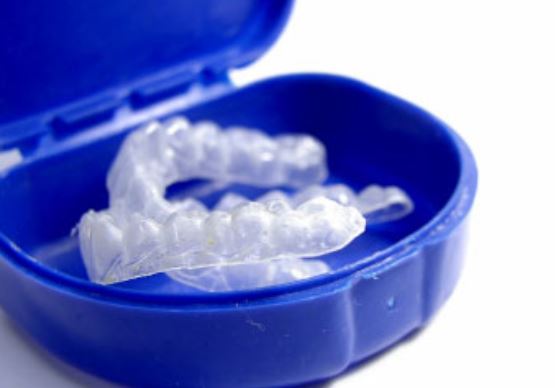For some people, being able to relax with sedation dentistry isn’t enough. They also want a pain-free experience. After all, the anticipation of pain is one of the top causes of dental anxiety and a common reason that millions of Americans delay or cancel appointments. So, what can you expect from sedation dentistry in terms of pain relief?
What Is In-Office Sedation Dentistry?
When you receive sedation dentistry, it is not general anesthesia, which is administered in a hospital or surgical center. You will receive medication to help you relax. But you will be conscious and able to respond to questions and instructions.
Sedation dentistry can be used for any dental procedure—dental cleanings and exams, root canal treatment, or restorative work.
What About the Pain?

The purpose of sedation is to help you feel calm and relaxed. Sometimes, you will fall asleep.
- Your sedation dentist will use a local anesthetic as the first step in pain control. Even before minimally invasive procedures, your dentist will numb your gums to ensure you receive a painless injection of a local anesthetic to block pain during your procedure.
- Sedation dentistry decreases your sensitivity to pain.
- Treatment is painless for most patients, and pain is limited or nonexistent afterward.
- Your increased comfort and decreased sensitivity help your dentist accomplish more work in less time. Even if you don’t have dental anxiety, you can save time with sedation by being able to sit comfortably as your dentist accomplishes more work than usual.
Levels of Dental Sedation
Most state regulations require dentists to receive training and a permit to administer sedation. Staff members are trained to monitor your vital signs and handle any rare emergencies. Don’t hesitate to ask your dentist about training, experience, and the number of sedation cases he or she has completed.
Dentists offer varying levels of sedation based on their training, experience, licensure, and the patient’s needs. After discussing the causes and extent of your anxiety, your dentist will choose a level of sedation that is adequate for your procedure.
Mild
Nitrous oxide—or laughing gas—is the lowest level of sedation. It gives you tingling sensations or a sense of well-being. It’s useful in managing pain and dental anxiety. After you stop breathing it in, the effects quickly reverse.
Moderate
You will receive oral conscious sedation in pill form. Your dentist will tell you what time to take it before you arrive at the dental office. Your anxiety about—and hypersensitivity to—the pain will fade. You’ll be drowsy, unable to drive, and relaxed before and after your dental procedure. You might not remember anything about your appointment.
Deep
I.V. sedation is administered through your veins. Not all dentists offer it, though. You’ll be drowsy and need transportation before and after your appointment.
Talk to Your Dentist About Sedation and Pain
Regardless of which type of sedation your dentist offers, it will decrease your sensitivity to pain. Speak with your dentist about cases like yours that he or she has handled and what you can expect.
Miranda Lacy, DDS sponsors this post. She is a Plano, TX female dentist who offers sedation. Dr. Lacy’s office is convenient to Addison, Allen, Carrollton, Farmers Branch, Frisco, Garland, Highland Park, and Little Elm.
